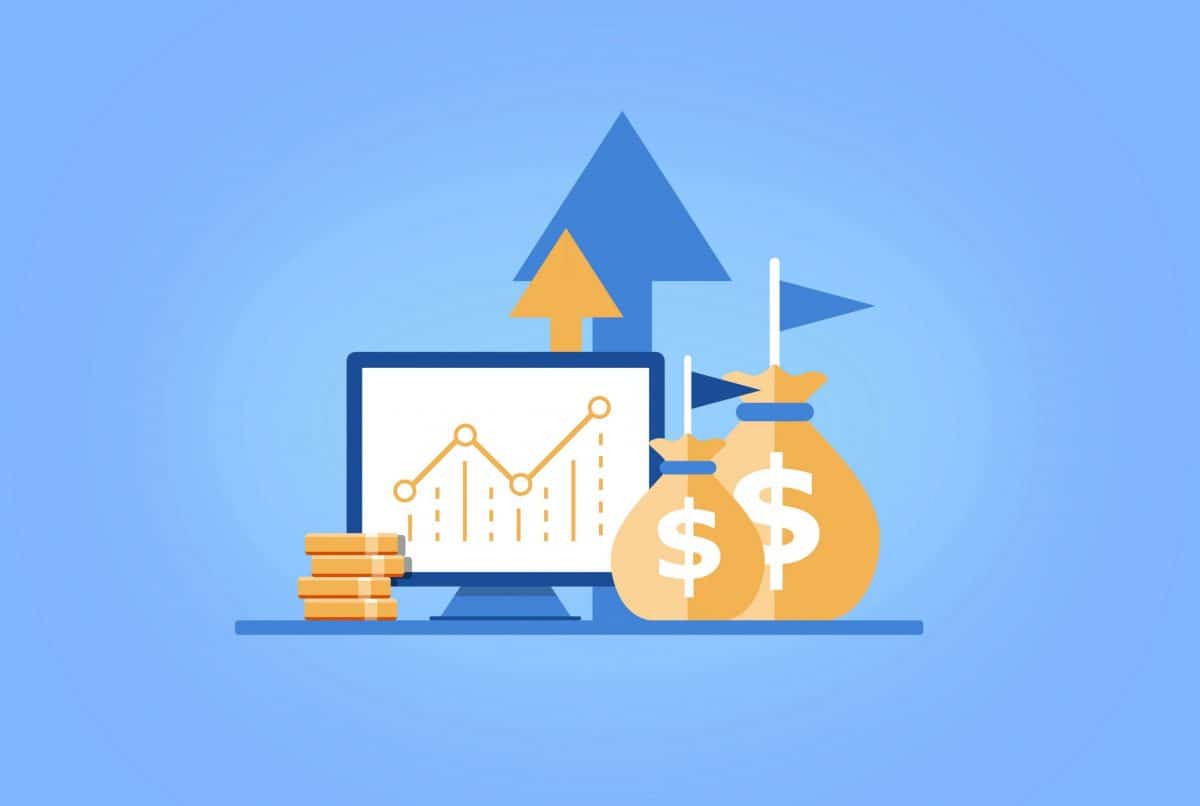According to the stage in which the startup currently is, we can distinguish 6 basic investment rounds. Various investors (including VC funds) usually specialise in specific stages of investment (typically early stages – Seed to Series A versus late stages from Series B onwards). The boundaries between the rounds are not clearly defined and therefore may partially overlap.

- Angel (Pre-Seed) – unofficial pre-round of investment, when the startup is at the very beginning, the product is in the idea phase and the first funds (up to EUR 50k) are provided by the founders, friends, family and wealthy individuals (friends, family & fools). Professional investors generally do not invest at this stage. The investment documentation is simple and the investment can be processed within a week. A good presentation with Excel is sometimes enough to get an investment. 🙂
- Seed – the first official investment round in which angel investors and VC funds specialised in this stage invest. The investment obtained in this round (between EUR 50k and 1M) will be used by the founders for market research (validation) and product development. Investors are often interested in the product demo and the team of founders. Investment documentation is already standardised and complex. It is good to be represented by lawyers with experience in the innovation business. The investment is seldom completed in less than 3 months. Most startups end at this stage and do not make it to Series A.
- Series A – partial stability is expected from the startup, e.g. regular customers or stable income (recurring revenue – MRR). Series A funding will be used for scaling, i.e. to increase the number of customers, expand into new markets or expand the product range. Investors are much more interested in the economics of the project (traction and ROI) and the long-term strategy. Larger or rather more traditional VC funds focus on this round rather than angel investors. Another alternative at this stage may be a strategic investor or crowdfunding. The amount of the investment can be around EUR 1M or up to 10M and the investment is usually led by one investor, who invests most of the amount. In terms of complexity and time, the investment resembles the seed round. For strategic investors, the investment can take up to a year, due to the cumbersome nature of the investor.
- Series B – the startup is established on the market, it can prove its success from previous rounds, it has enough users and revenue and it will use the funds from Series B for aggressive expansion. In this round, it is crucial to demonstrate rapid growth to the investors. It can help you if you did not have too high a valuation in the previous rounds because it is easier to grow from a lower valuation in the seed round. The investment process and key players are similar to Series A and the same investors often invest in this round. Investments are valued around EUR 10M to 15M, but the amount can vary greatly from case to case.
- Series C and onwards – the startup is already relatively successful and needs funding for further growth, expansion into new markets with new products or the acquisition of other (competitive or complementary) companies. In addition to VC funds focusing on later stages, hedge funds or private equity firms can also enter. Often startups after Series C stop accepting external investments, but some continue with Series D, E, F, etc. according to their capabilities and needs. However, it is important to remember further dilution of the shares of founders. Only a fraction of startups will get into these rounds.
- Bridge Round – a smaller investment round can take place between the individual rounds mentioned above. It is intended to help the startup reach a higher stage and sometimes compensates for external factors (e.g. the current corona crisis). It is typically provided by current investors in the startup who do not want to lose their entire investment.
